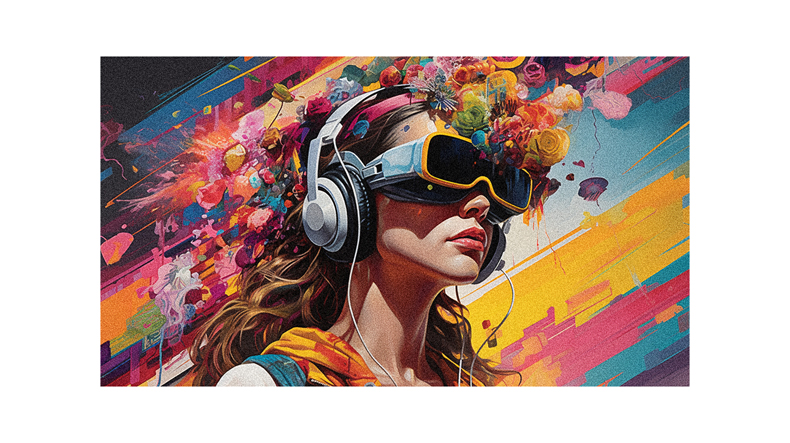Imagine if Picasso had access to an iPad or Monet could manipulate pixels instead of paint. Welcome to the dynamic world of emerging art movements in the digital space, where the lines between technology and creativity blur.
This is not your grandmother’s art scene – it’s a fresh realm where traditional brushes are replaced with digital pens and canvases become screens. Artists today are evolving, utilizing modern tech like virtual reality and augmented reality, exploring themes that resonate with our times, such as climate change, social justice, and personal narratives.
As you dive into this article, you’ll discover how these innovative art forms have revolutionized art creation, distribution, and appreciation. You’ll see how electronic technologies have expanded artists’ toolboxes beyond conventional norms.
So strap in for an exploration of AI art, internet art, and more – a journey through a diverse and inclusive global art world shaped by technology.
What is it?
Emerging art movements in the digital space reflect how artists are embracing technology, from NFTs to virtual reality, to push creative boundaries and challenge traditional norms.
Through this innovative medium, they’re addressing issues like climate change and social justice or exploring their narratives.
Street art has been gaining recognition as a legitimate form of artwork with the power to disrupt public spaces. The digital realm allows these artists to share their work online, democratizing the industry. They no longer need galleries for showcasing their creations; they can build careers on internet platforms instead.
Moreover, eco-art is also becoming prominent in these emerging trends – it’s all about raising environmental awareness through artistic expression.
Evolution of Art Forms
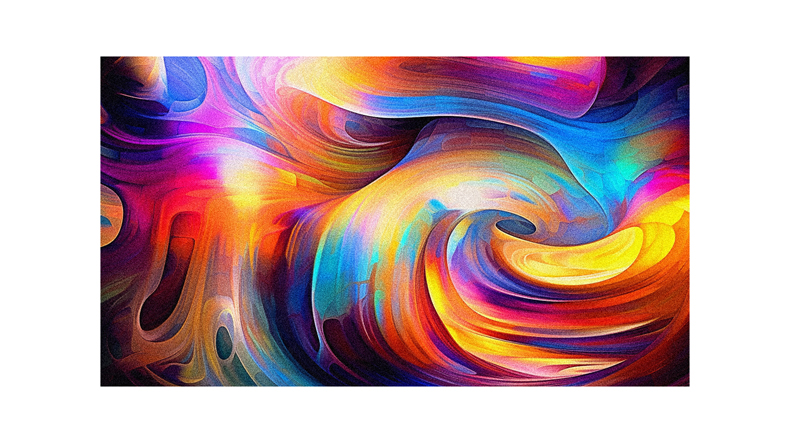
You might be wondering how the evolution of art forms has been influenced by technology, and it’s truly a fascinating journey that’ll pique your curiosity.
From 1950 to 1970, the digital age heralded new opportunities for artists to experiment with electronic technologies. This era marked a unique collaboration between artists, engineers, and scientists. Pioneers like Nam June Paik and Frieder Nake used these tools to create groundbreaking artwork based on chance algorithms and societal commentary on technology’s impact.
The internet’s emergence in the 1990s further democratized digital art, launching movements like a net. Art that allowed international collaborations and storytelling through web surfing.
Today’s artists continue this exploration, using AI applications like DALL-E and creating immersive experiences with virtual reality or augmented reality.
Influence of Technology
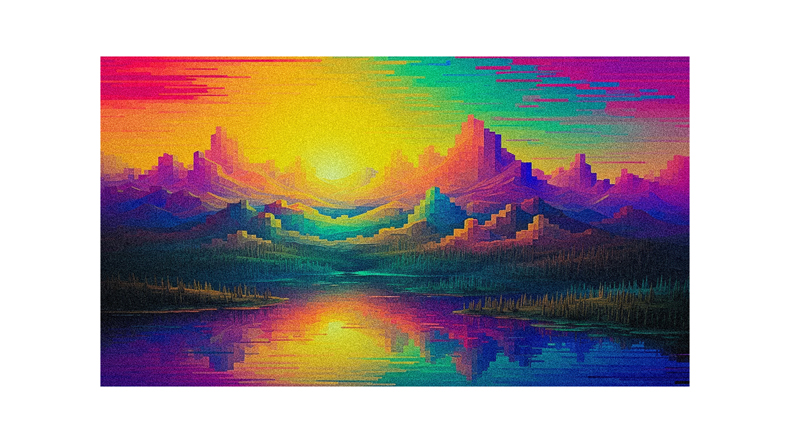
Consider how technology has profoundly shaped art, enabling artists to cross traditional boundaries and establish rules.
Not only has it expanded the artist’s toolbox, but it has also revolutionized how art is made, distributed, and viewed.
Imagine crafting your narrative without needing representation or even a physical gallery. You can create immersive experiences that challenge conventional art norms with digital platforms.
Through interactive installations or virtual reality art, you can make powerful statements about social justice or climate change.
You can reach a global audience from your workspace and possibly go viral overnight!
Technology hasn’t just democratized the art industry; it’s opened up limitless possibilities for creative expression.
Themes and Subjects
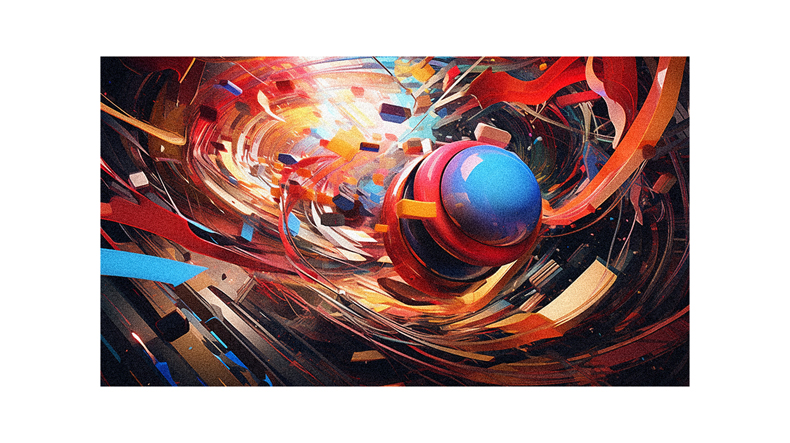
Whether you’re exploring themes of social justice, climate change, or personal narratives in your creations, the unique blend of technology and imagination brings your message to life.
Your art can reflect our rapidly globalizing world, bridging cultural gaps and fostering inclusivity. You’re not just painting pictures; you’re painting with pixels on a digital canvas that transcends geographical boundaries.
It’s about merging tech with tradition to create compelling narratives that resonate with audiences worldwide. You might be influencing societal norms by using virtual reality for immersive experiences or employing augmented reality to augment traditional art forms.
The digital space is yours to explore, disrupt, and reinvent – a canvas as expansive as your creativity allows. Your work is an important part of this evolving art landscape.
Impact on Art World
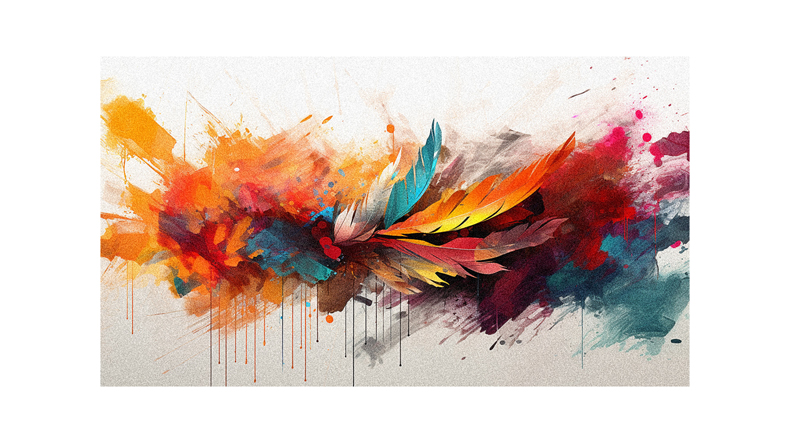
It’s no secret that the art world has been turned on its head with the advent of digital platforms and technologies. They’ve made it possible for artists to break free from traditional confines. Artists are now using tools like virtual reality, augmented reality, and interactive installations to create immersive experiences. These platforms have also provided a global stage for artists to share their work and ideas. Now, even street art gets recognition as a legitimate form of expression thanks to technology!
Traditional galleries aren’t the only game in town anymore. Emerging markets in Asia and the Middle East are making waves, too. As emerging art intersects with tech advancements, we see more diversity in voices and perspectives. The bottom line? The art world is evolving rapidly – buckle up!
Follow us on Pinterest for more tips, tutorials, and artist reviews!

